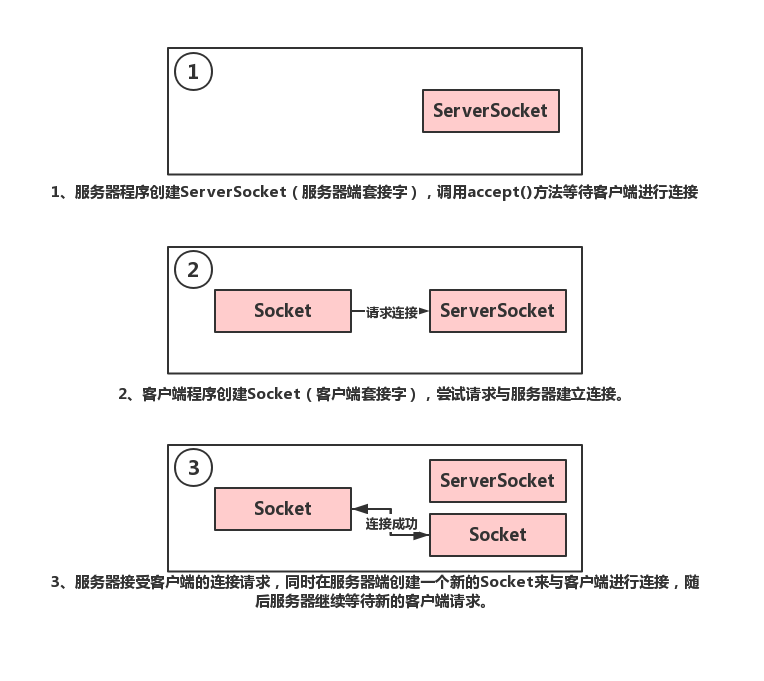Springboot在有參構(gòu)造方法類中使用@Value注解取值
我們在Springboot中經(jīng)常使用@Value注解來獲取配置文件中的值,像下面這樣
@Componentclass A { @Value('${user.value}') private String configValue; public void test() { System.out.println(configValue); }}
但有時我們需要這個類擁有一個有參的構(gòu)造方法,比如
@Componentclass A { @Value('${user.value}') private String configValue; private String s; public A(String s) { this.s = s; } public void test() { System.out.println(s); System.out.println(configValue); }}
要使@Value生效,必須把Bean交給Spring進(jìn)行管理,而不能使用new去實(shí)例化對象,否則@Value取值為NULL。我們一般使用@Autowired都是默認(rèn)注入無參的構(gòu)造方法,要想注入有參的構(gòu)造方法,我們需要構(gòu)建Config類:
@Configurationpublic class AConfig { @Bean(name='abc') DataOpration abcA() { return new A('abc'); }}
然后創(chuàng)建SpringUtil類
@Componentpublic class SpringUtil implements ApplicationContextAware { private static ApplicationContext applicationContext; @Override public void setApplicationContext(ApplicationContext applicationContext) throws BeansException { if(SpringUtil.applicationContext == null) { SpringUtil.applicationContext = applicationContext; } } public static ApplicationContext getApplicationContext() { return applicationContext; } //通過name獲取 Bean. public static Object getBean(String name){ return getApplicationContext().getBean(name); }}
在調(diào)用時,只需要獲取到對應(yīng)的Bean
A a = (A) SpringUtil.getBean('abc');a.test();
就可以同時獲取到配置文件中的值和傳入的參數(shù)。
以上就是本文的全部內(nèi)容,希望對大家的學(xué)習(xí)有所幫助,也希望大家多多支持好吧啦網(wǎng)。
相關(guān)文章:
1. idea設(shè)置提示不區(qū)分大小寫的方法2. 使用AJAX(包含正則表達(dá)式)驗(yàn)證用戶登錄的步驟3. Java PreparedStatement用法詳解4. Java實(shí)現(xiàn)的迷宮游戲5. django queryset相加和篩選教程6. IDEA 2020.1.2 安裝教程附破解教程詳解7. Java利用TCP協(xié)議實(shí)現(xiàn)客戶端與服務(wù)器通信(附通信源碼)8. JS圖片懶加載庫VueLazyLoad詳解9. 利用ajax+php實(shí)現(xiàn)商品價格計算10. Spring如何集成ibatis項(xiàng)目并實(shí)現(xiàn)dao層基類封裝

 網(wǎng)公網(wǎng)安備
網(wǎng)公網(wǎng)安備